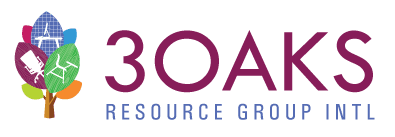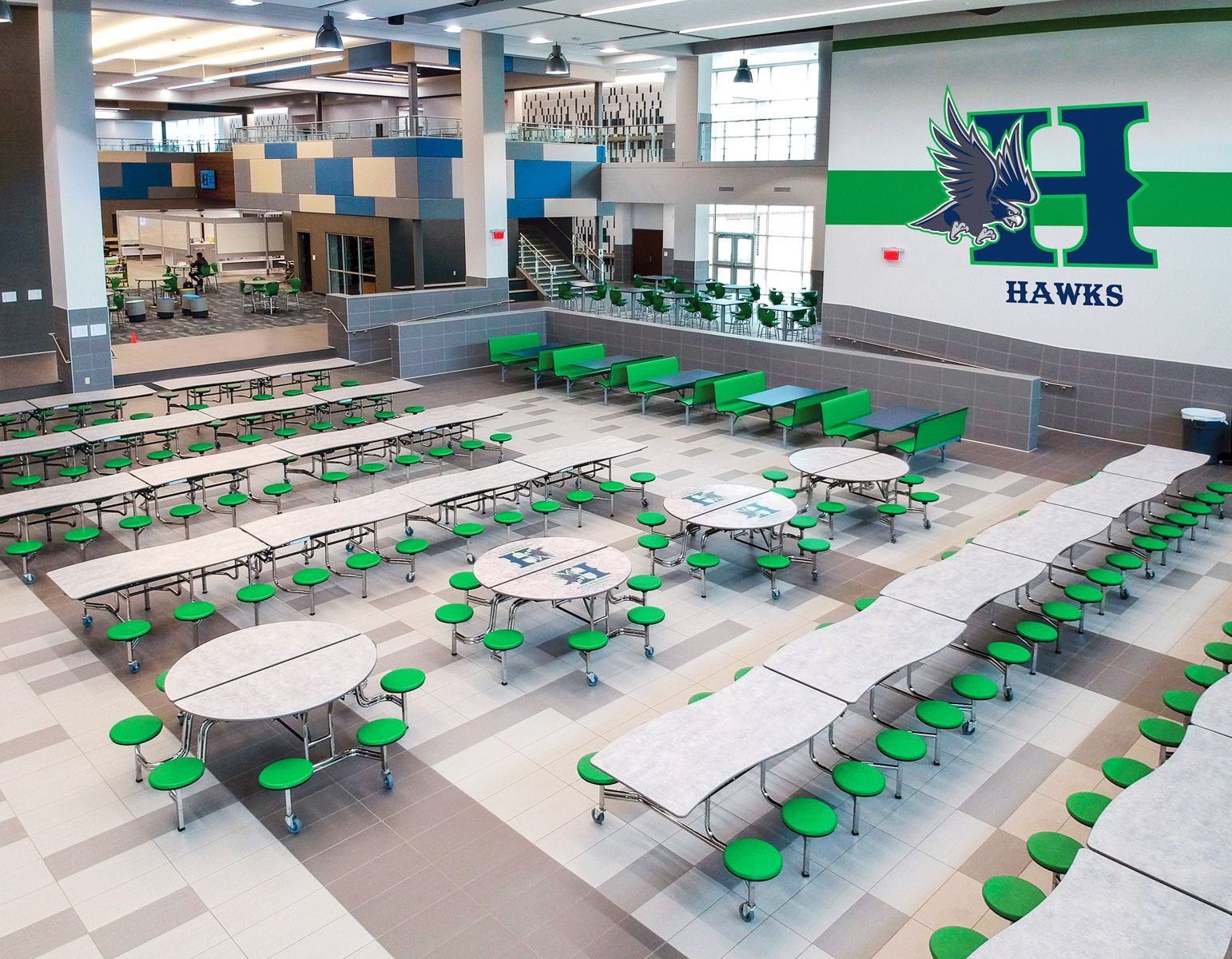Drive new student enrollment at your school - 3 key areas to master
As a school administrator, attracting new students is essential for the growth and success of your institution.

To effectively market your school and appeal to prospective families, it's crucial to first define your target audience and then refine and develop your unique value proposition (UVP). Here's a comprehensive guide to help you through this process:
1. Define Your Target Audience
Identifying your target audience involves understanding the demographics, needs, and preferences of the families you want to attract to your school. Consider the following steps:
- Conduct Market Research: Use surveys, focus groups, and data analysis to gather information about potential students and their families. Identify common characteristics, such as age, income level, and educational background.
- Segment Your Audience: Divide your target audience into specific segments based on shared characteristics. This will help you tailor your marketing efforts to each group's needs and preferences.
- Create Personas: Develop detailed personas that represent your ideal students and their families. Include information such as demographics, interests, and challenges to personalize your marketing approach.
2. Refine and Develop Your Unique Value Proposition
Your Unique Value Proposition (UVP) is what sets your school apart from others and defines the benefits of choosing your institution. Follow these steps to refine and develop your UVP:
- Identify Your Strengths: Determine what makes your school unique and why families should choose it over other options. Consider factors such as academic programs, extracurricular activities, facilities, and the overall learning environment.
- Highlight Your Benefits: Clearly articulate the benefits of attending your school, focusing on how it meets the needs and aspirations of students and families. Emphasize outcomes such as academic success, character development, and future opportunities.
- Be Authentic: Your UVP should be genuine and reflect the true essence of your school. Avoid making exaggerated claims or promises that you cannot deliver on.
- Communicate Your UVP: Once you have defined your UVP, incorporate it into all your marketing materials and communications. Ensure that it is clear, compelling, and consistent across all platforms.
3. Tailor Your Marketing Strategy
With a clear understanding of your target audience and a well-defined UVP, you can tailor your marketing strategy to attract new students. Consider the following tactics:
- Digital Marketing: Use online channels such as social media, email marketing, and search engine optimization to reach your target audience effectively.
- Traditional Marketing: Utilize traditional methods such as flyers, brochures, and local advertising to raise awareness about your school in the community.
- Events and Open Houses: Host events and open houses to give prospective families the opportunity to visit your school, meet faculty and staff, and learn more about your programs.
- Community Partnerships: Build relationships with local businesses, organizations, and community groups to expand your reach and attract new students.
By defining your target audience and developing a compelling UVP, you can create a strong foundation for your school's marketing efforts and attract the right students to your institution.



